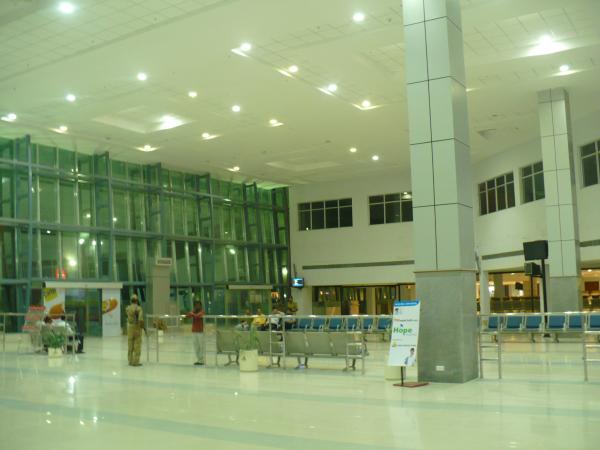Nagpur Airport's Air Traffic Control Strengthened by Primary Radar System

The addition of a Primary Radar System has enhanced Nagpur's Air Traffic Control (ATC) capabilities. The ATC previously had a Secondary Radar system that could track aircraft equipped with transponders within a range of 200 nautical miles. The new Primary Radar System eliminates the need for aircraft to have transponders, and it can detect primary radar targets without additional information within a range of 60 nautical miles. Nagpur Airport's ATC is now equipped with both Primary and Secondary Radar systems, along with Automatic Dependent Surveillance–Broadcast (ADS-B) technology.
Niraj Shrivastava, the Joint General Manager of ATC, explained that ADS-B is a surveillance technology that allows aircraft to determine their positions using satellite navigation and broadcast this information periodically. This enables tracking by ATC ground stations and can also support point-to-point communication between aircraft.
Nagpur's ATC plays a vital role in managing the complex airspace of Central India, with around 120 air traffic controllers working around the clock to ensure the safe operation of not only Nagpur Airport but also the overflying aircraft and satellite airports in the region, such as Bhopal, Indore, Jabalpur, Gondia, Raipur, and smaller airports. The work of air traffic controllers is challenging and requires rigorous training, concentration, and a zero-tolerance approach to errors, making it one of the most demanding professions in the world. They remain vigilant, even during adverse weather conditions, and emergency situations, and while managing fatigue caused by night shifts.









-t-thumb.jpeg)